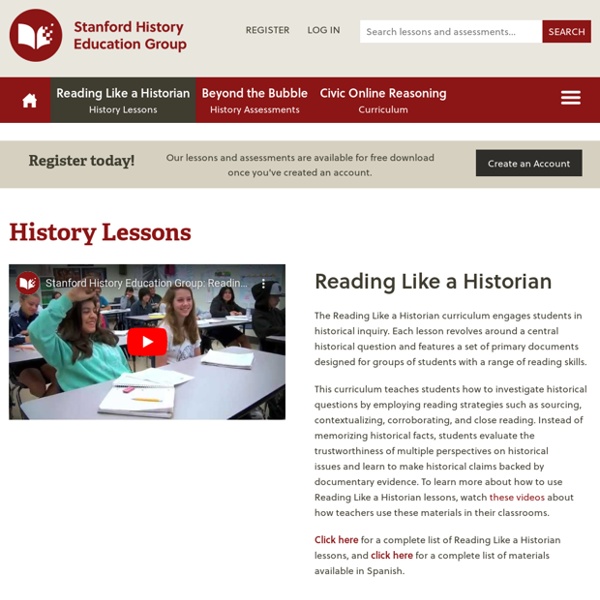Indigenous Land Acknowledgement
An Inclusive Acknowledgement of People and Place The USDAC - U.S. Department of Arts and Culture is a people-driven culture and art activist organization achieving community and cohesion through salons, actions, initiatives and offerings of resolution. Their #HonorNativeLand page includes a guide and a call to acknowledgement. It is important that we be sure to model an opening acknowledgement at our public events like convocation, commencement, conferences held on campus, etc. that has become standard across Canada at all universities and increasingly in the U.S., and particularly appropriate for our situation here at Central.
Making Sense of Documentary Photography
A picture may be worth a thousand words, but you need to know how to analyze the picture to gain any understanding of it at all. Making Sense of Documentary Photography provides a place for students and teachers to grapple with the documentary images that often illustrate textbooks but are almost never considered as historical evidence in their own right. Written by James Curtis, this guide offers a brief history of documentary photography, examples of what questions to ask when examining a documentary photograph, and an annotated bibliography and list of online resources for documentary photography.
Being an Anti-Racist Educator Is a Verb - NCTE
From the NCTE Committee Against Racism and Bias in the Teaching of English This post was written by NCTE members Keisha Rembert, Patrick Harris, and Felicia Hamilton, members of the NCTE Committee Against Racism and Bias in the Teaching of English. The Committee Against Racism and Bias in the Teaching of English has produced a series of educational videos for teachers in order to motivate us all to anti-racist teaching. Join us as we push toward righting wrongs and engaging students in necessary conversations.
Appendices
Many primary sources are not in written form and trying to describe them in an essay is difficult. This can often occur when you are referring to a particular building or artefact. In these cases, providing an image of the source is helpful for the reader. Any images to which you refer in your writing need to appear in appendices.
Breaking News English ESL Lesson Plan on Gender Dress
For centuries, students at Britain's Oxford University had to stick to a dress code regarding who wore suits and who wore skirts. This will all change on August 4 after the university amended its rules related to formal academic clothing. Students will soon be allowed to wear what they like.
Contradiction
When you are analysing a source, it is helpful to compare what information it provides when compared with other sources. This helps you to more successfully evaluate your sources, especially in regards to their accuracy. In order to identify information that is disagreed upon by two different sources, following these steps: Read the first source and summarise the key points of historical information they provide. Using direct and indirect quotes helps with this.
Reading Like A Historian
The Reading Like a Historian curriculum engages students in historical inquiry. Each lesson revolves around a central historical question and features sets of primary documents designed for groups of students with diverse reading skills and abilities. This curriculum teaches students how to investigate historical questions by employing reading strategies such as sourcing, contextualizing, corroborating, and close reading. Instead of memorizing historical facts, students evaluate the trustworthiness of multiple perspectives on historical issues. They learn to make historical claims backed by documentary evidence.
Understanding Transgender People
Does being transgender mean the same as being homosexual or gay? As more people are identifying as transgender the topic becomes more complicated. The new book Trans Bodies, Trans Selves, by author Laura Erickson-Schroth was written by and for transgender and gender-nonconforming people to explain the social, political, and medical issues they face. ESL Voices Lesson Plan for this post with Answer Key. Laura-Erickson-Schroth, the editor of Trans Bodies, Trans Selves, with Dana Bliss, OUP’s Senior Editor for Social Work.
Source Creator
The first step in creating an effective analysis of a source is to find out who created it. While this might sound like a simple thing to do, it can often take significant time to find out all the required information about the creator of a source. When we talk about the 'creator' of a source, we want to know who originally made it.
Lesson Plan: Gender Stereotypes!
Happy women’s day! Continuing with this topic I have prepared a lesson for my intermediate course on men and women role stereotypes that I would like to share with you. I have found a good lesson plan in English-4u, a webpage where you’ll find lesson plans based on news and hit songs, to introduce the topic.



